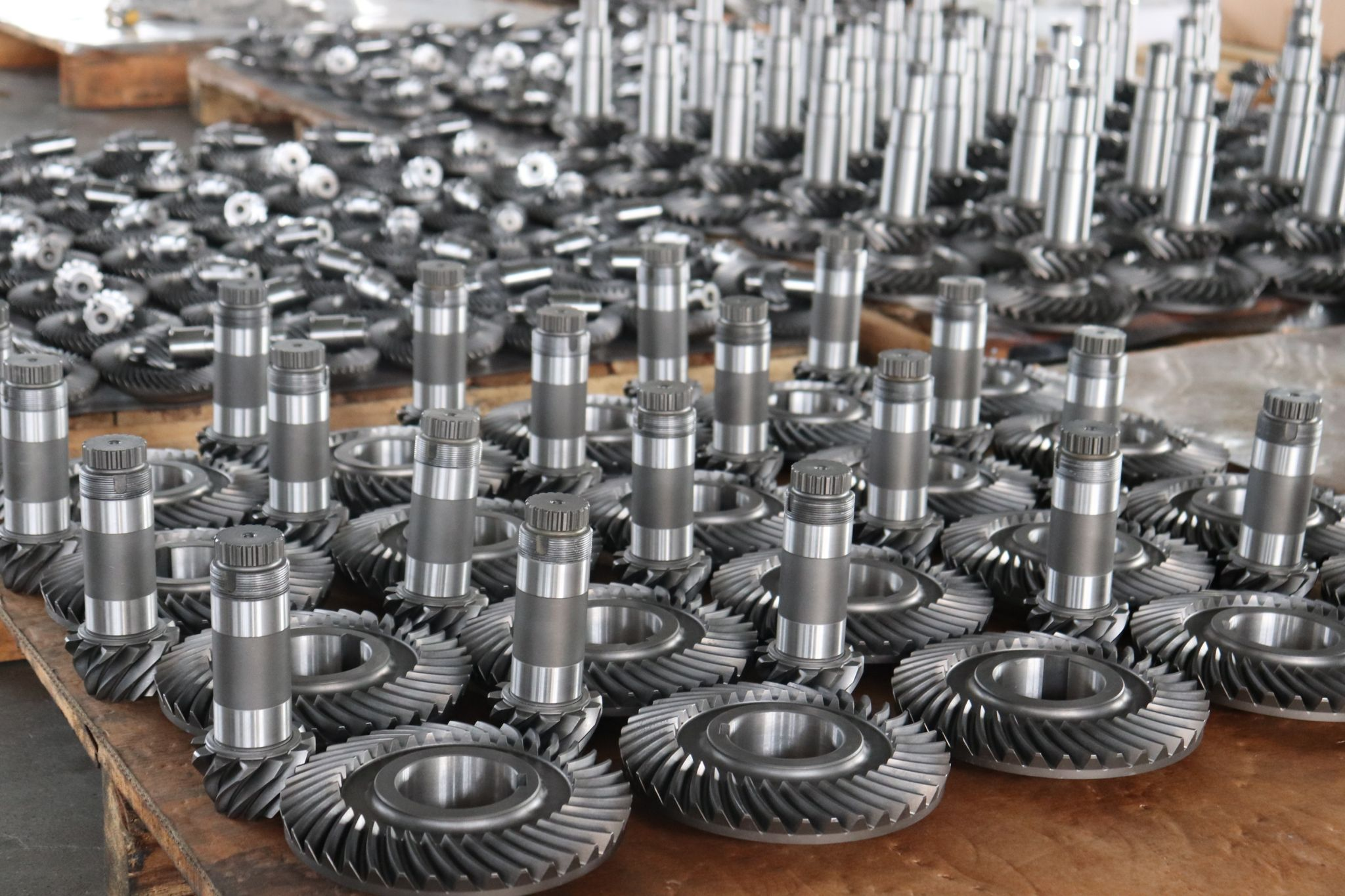In the heart of power plants gearboxes play a pivotal role in converting mechanical energy into electrical power. Among the various components within these gearboxes, bevel gears and helical gears stand out as key innovators in power transmission.
Bevel gears, known for their ability to change the direction of rotation, are indispensable in power plant gearboxes. Their unique tooth design allows for smooth, efficient power transfer, minimizing vibrations and noise. This makes them ideal for applications where space is limited and precision is crucial.
helical gears, on the other hand, offer a blend of efficiency and strength. Their spiral tooth pattern reduces friction and wear, extending the lifespan of the gearbox. Furthermore, helical gears can transmit higher torques and operate at higher speeds compared to straight-cut gears, making them a preferred choice for heavy-duty applications in power plants.

Recent innovations in bevel and helical gears design have further enhanced their performance. Advanced materials, such as high strength alloys and composites, have been incorporated to improve durability and resistance to wear. Additionally, precision manufacturing techniques, including computer-aided design (CAD) and computer numerically controlled (CNC) machining, ensure that each gear is crafted to exact specifications.

These innovations have not only improved the efficiency of power transmission but also reduced maintenance requirements and operational costs. By optimizing gear tooth profiles and reducing friction, modern gearboxes are able to operate more quietly and smoothly, minimizing downtime and enhancing overall plant performance.
In conclusion, bevel gears and helical gears are indispensable components in power plant gearboxes, driving innovations in power transmission. As technology continues to evolve, we can expect even greater improvements in gear design and performance, ultimately contributing to the reliability and efficiency of our power generation systems.
Post time: Dec-19-2024




